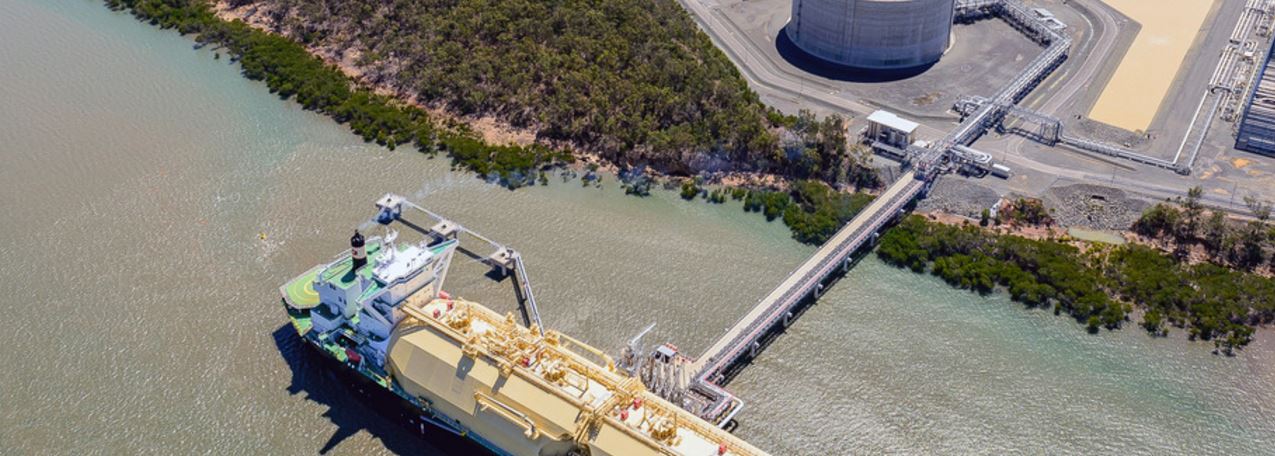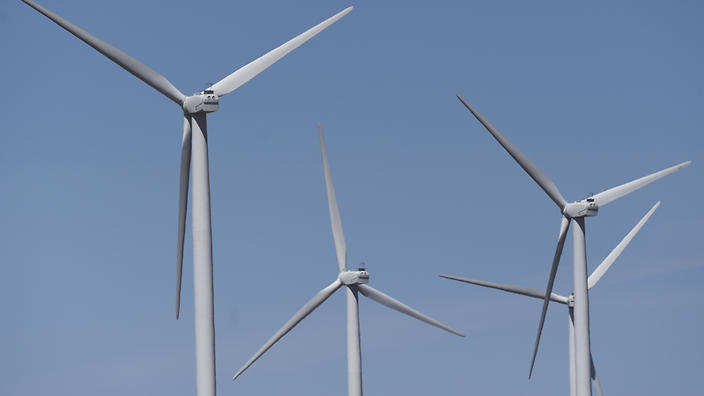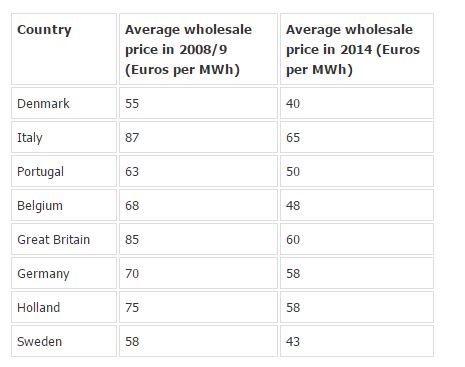Putting a price on carbon would benefit the Australian gas industry, at least in the short term. It is therefore in the interests of gas producers to lobby for the emissions trading scheme proposed for the electricity industry by the Climate Change Authority.
At first a sight this might seem a paradoxical suggestion. Isn’t carbon pricing meant to reduce our reliance on fossil fuels after all?
But with gas prices high, coal-fired generation has been increasing. Coal produces about twice as much carbon dioxide as gas when it is used to generate electricity. This is bad news for our emissions, which have increased in the electricity sector recently.
A price on carbon would help to reverse this trend and enable gas to play the role it sees for itself as a stepping stone to a decarbonised future. So how might this work in practice?
In Australia, electricity demand is relatively flat, so we are not likely to see an increase in the number of fossil fuel power stations. Nor are we likely to see new gas-fired power stations built to replace existing coal-fired power stations – that makes little economic sense at the moment.
This is where the current price of gas is important. Because the newly-completed liquid natural gas (LNG) terminals in Queensland are sucking up so much gas for export, the domestic price for gas has risen to the point that gas-fired power stations in the eastern states are increasingly unable to compete with coal.
As a result the amount of coal-fired generation has been steadily increasing over the last couple of years while gas-fired generation has been cut back “very substantially”. Some gas-fired power stations have been mothballed. So there is now considerable, unused gas-fired generation capacity.
From the point of view of gas producers, this is therefore a perfect time to introduce a price on carbon, since it will drive up the price of coal-fired power, relative to gas. This will slow to decline in gas use and ultimately reverse it. Gas-fired generators will be able to meet this increased demand from existing, under-used capacity.
The government’s Climate Change Authority recently proposed a carbon-pricing scheme for the electricity industry, known as an emissions-intensity scheme. It is designed to be as palatable as possible to both sides of politics, so that if implemented it would not suffer the fate of the Labor government’s carbon tax, which the Liberal opposition abhorred and abolished as soon as it gained power in 2014.
One of the features of the Authority’s proposal is that it is not a tax paid to government. Rather it involves a subsidy paid by high-emissions, low-cost generators, such as coal-fired power stations, to low-emissions, higher-cost generators such as gas-fired power stations. This means that gas-fired generators will not need to pass on their full production costs to consumers. This will minimise the impact on electricity prices.

Australia’s LNG exports have driven domestic gas prices higher. AAP Image/Origin Energy
Exported LNG would not be subject to any carbon price in Australia because it is not consumed here. However, converting natural gas to its liquid form consumes a large amount of energy. Indeed, 8% of the gas supplied to LNG terminals is used in the production process. This makes LNG an emissions-intensive industry.
Any price imposed on such emissions would drive up the price of Australian LNG relative to countries with no similar carbon price, to the detriment of Australia’s producers. In short, LNG is a “trade-exposed industry”. In particular, in the language of policy makers, it is an EITE (emissions-intensive and trade-exposed) industry.
The Authority considered the case of EITE industries carefully and expressed sympathy with the submission on this point made by the peak oil and gas producers association – APPEA.
It recommended that policy for EITE industries should include a suite of measures designed to protect them from this kind of competition. The LNG industry therefore has little to fear from the implementation of the Authority’s recommendations in this respect.
The Climate Change Authority did not recommend that existing polices be dismantled and replaced with a single coherent, economy-wide policy. Instead it recommended additions to the patchwork of existing polices, with a particular focus on the electricity sector.
This was criticised in some quarters as unprincipled, but defended by the Authority on the grounds that it was vital that we find a way forward that was as bipartisan as possible, so as to provide maximum certainty for investors. APPEA’s submission to the Authority was clearly against this “hotchpotch” approach.
But the Authority’s proposals offer the best chance for achieving bipartisan support. The government intends to review its climate policies in the coming year. APPEA should be lobbying the government to implement the Authority’s proposals, both in its own interests and in the interest of reducing our greenhouse gas emissions.
Read more.
Like this:
Like Loading...




